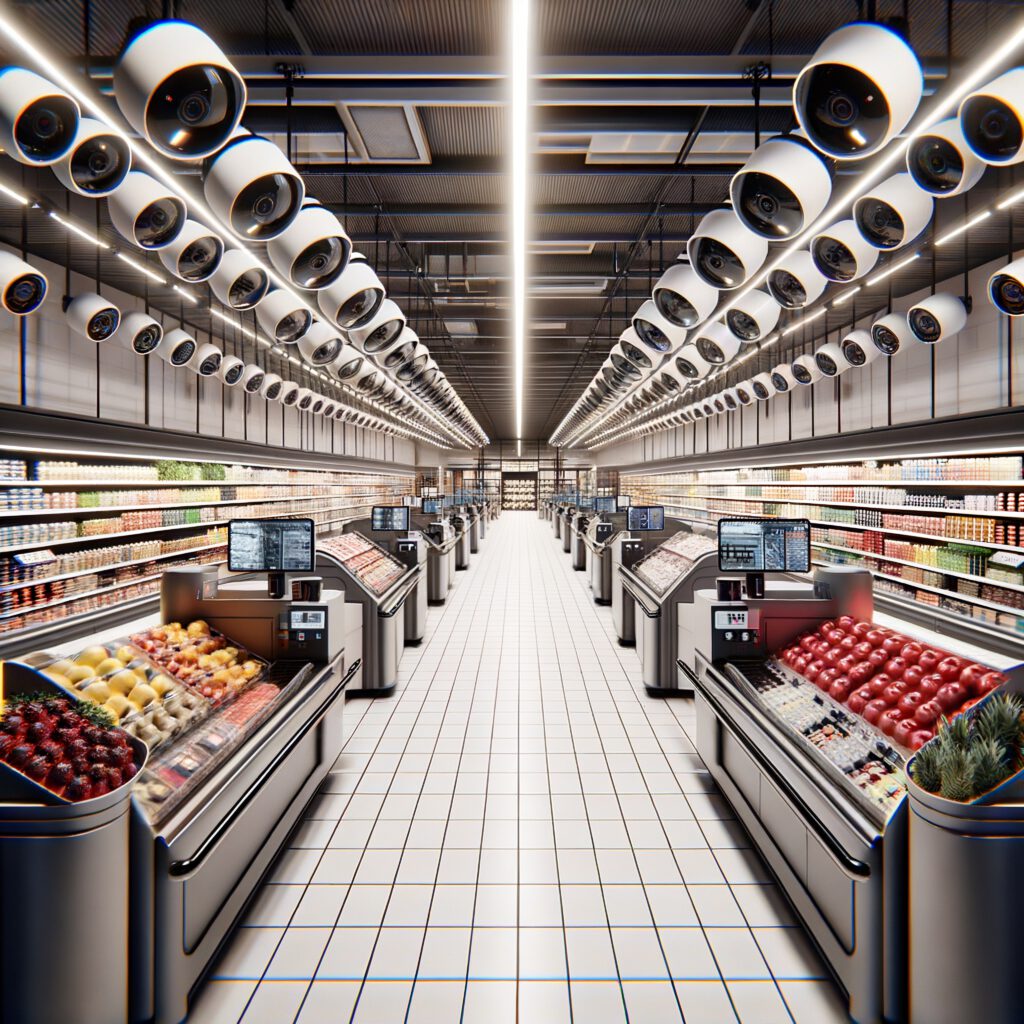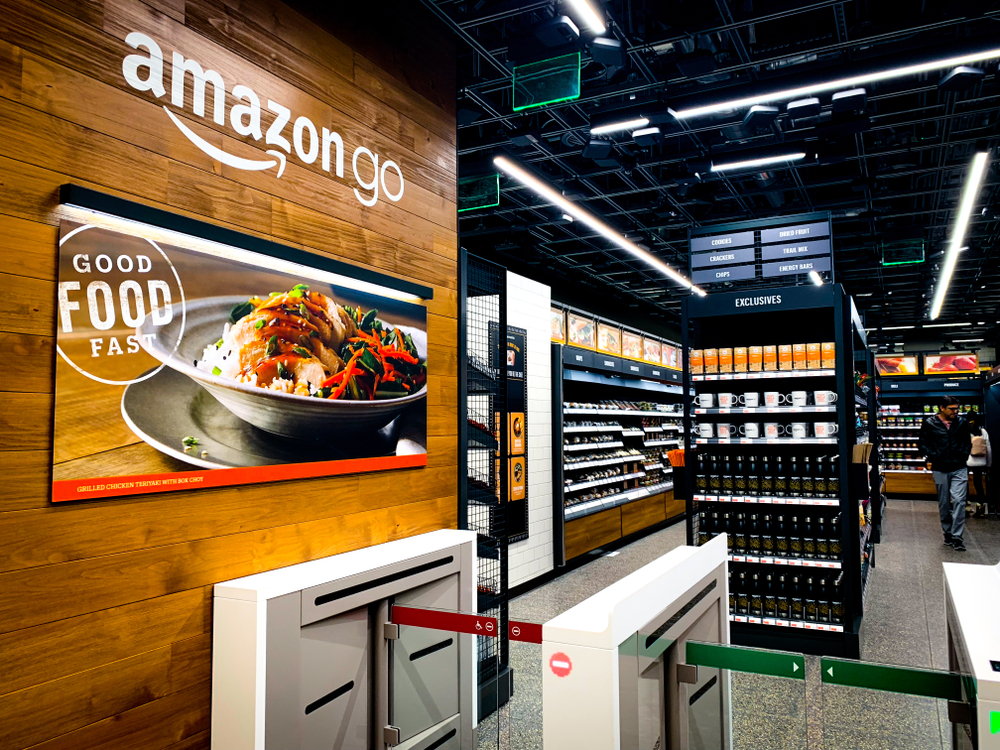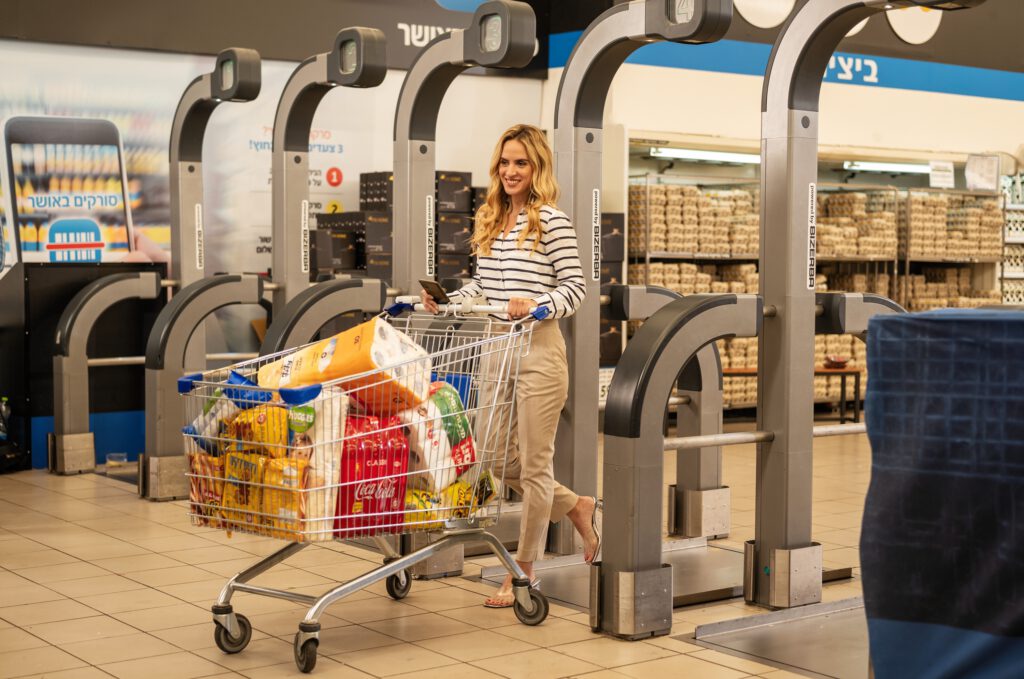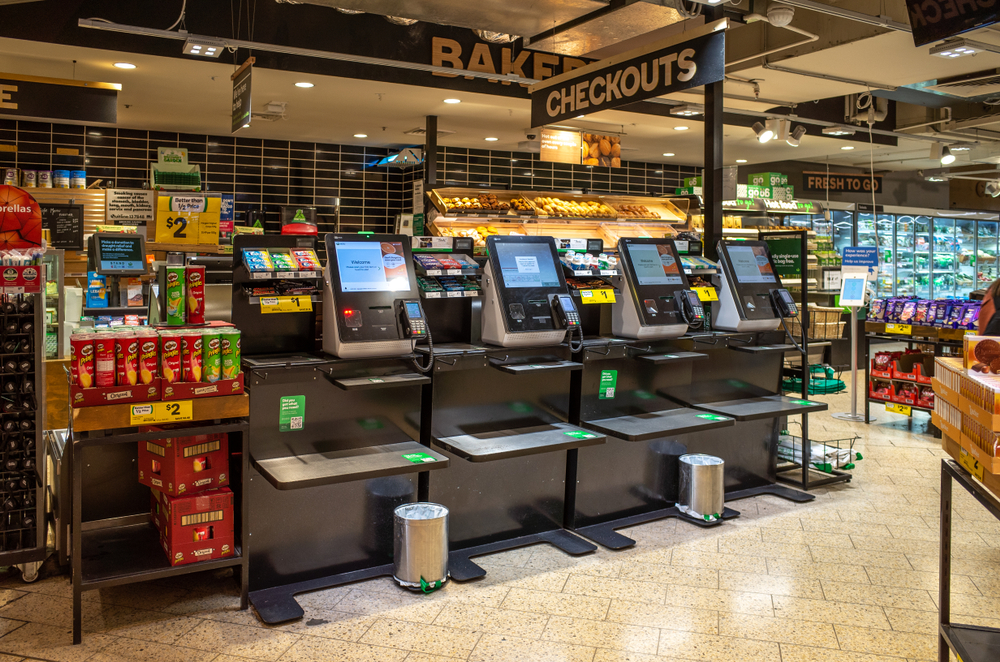Cashier-less retail, pioneered by Amazon Go and others, promises a futuristic shopping experience where customers simply walk in, grab what they need, and walk out without ever needing to interact with a cashier. While this concept may seem appealing, the reality is that deploying such technology comes with a hidden cost that many retailers are only now beginning to understand.
The High Cost of Implementation
Implementing a cashierless system requires a significant upfront investment. Retailers need to:
-
- Install hundreds of ceiling cameras and sensors: This process often requires shutting down the store for weeks or months, disrupting business operations and impacting revenue.
- Power the store with robust electricity and network infrastructure: This can be particularly challenging for older buildings not designed for such demanding technology.
- Maintain tight planograms: Any deviation from the planned product placement can confuse the system and lead to errors.
These costs can easily run into millions of dollars, making cashier-less technology a significant financial burden for many retailers.
Ongoing Operational Challenges
The operational costs of maintaining a cashierless system are also substantial. This includes:
-
- Data generation and maintenance: Retail product catalogs are constantly changing, requiring an ongoing process of data tagging and model retraining. This process often involves a large team of manual laborers, making it expensive and time-consuming.
- Selling “over the counter” items: Cashierless systems currently struggle to handle age-restricted items or products requiring assistance, necessitating human intervention.
- Selling weighted items: Accurately weighing produce and other variable-weight items remains a challenge for cashier-less technology, leading to potential revenue loss.
- Multi-person identification: In a crowded supermarket environment, accurately identifying which shopper took which item becomes extremely challenging. Even with a 90% accuracy rate, the remaining 10% error in a low-profit margin industry (2-5%) can translate to significant financial losses.

Limited Success and High Theft Risk
While cashier-less technology has been successfully deployed in micro stores (up to 200 SKUs) and non-food brands, it has seen limited success in larger grocery settings. The high cost, operational complexity, potential for theft, and errors have led to disappointing results. For example, Amazon recently closed several of its Go stores in the US, citing financial difficulties.
Supersmart: A Viable Alternative for Grocery Retail
Supersmart offers a cost-effective AI solution specifically designed for grocery retailers. It utilizes sophisticated data algorithms, computer vision and machine learning to achieve accurate product recognition and checkout, without the need for expensive infrastructure or complex data management. Additionally, Supersmart’s cutting-edge algorithms minimize errors and theft risks, even in crowded retail settings with thousands of SKUs and a vast array of variations. This makes Supersmart a more practical and financially viable option for supermarkets and hypermarkets, allowing for overnight installation with minimal disruption to business operations.
Conclusion:
Cashierless retail holds promise for the future, but the high cost, operational challenges, and multi-person identification issues associated with existing solutions limit their broad adoption. As demonstrated by Amazon Go’s struggles, the technology may not yet be ready for mainstream grocery retail. Supersmart, with its focus on affordability, ease of implementation, and accurate basket validation capabilities, offers a more practical and promising path forward, enabling retailers to embrace the benefits of cashierless technology without the hefty price tag, operational headaches, and risk of shrinkage.




